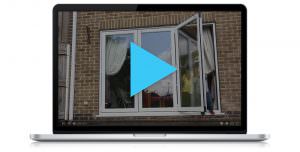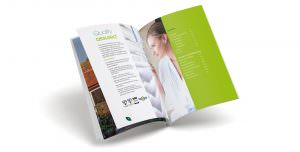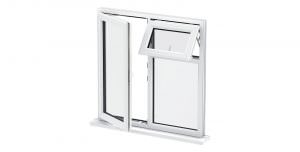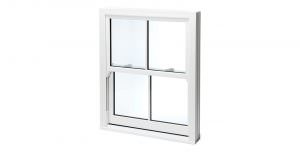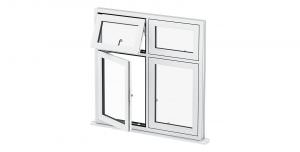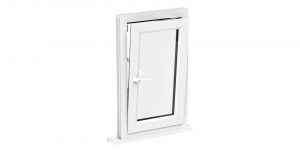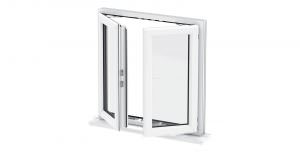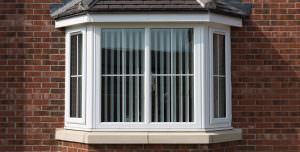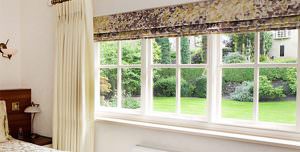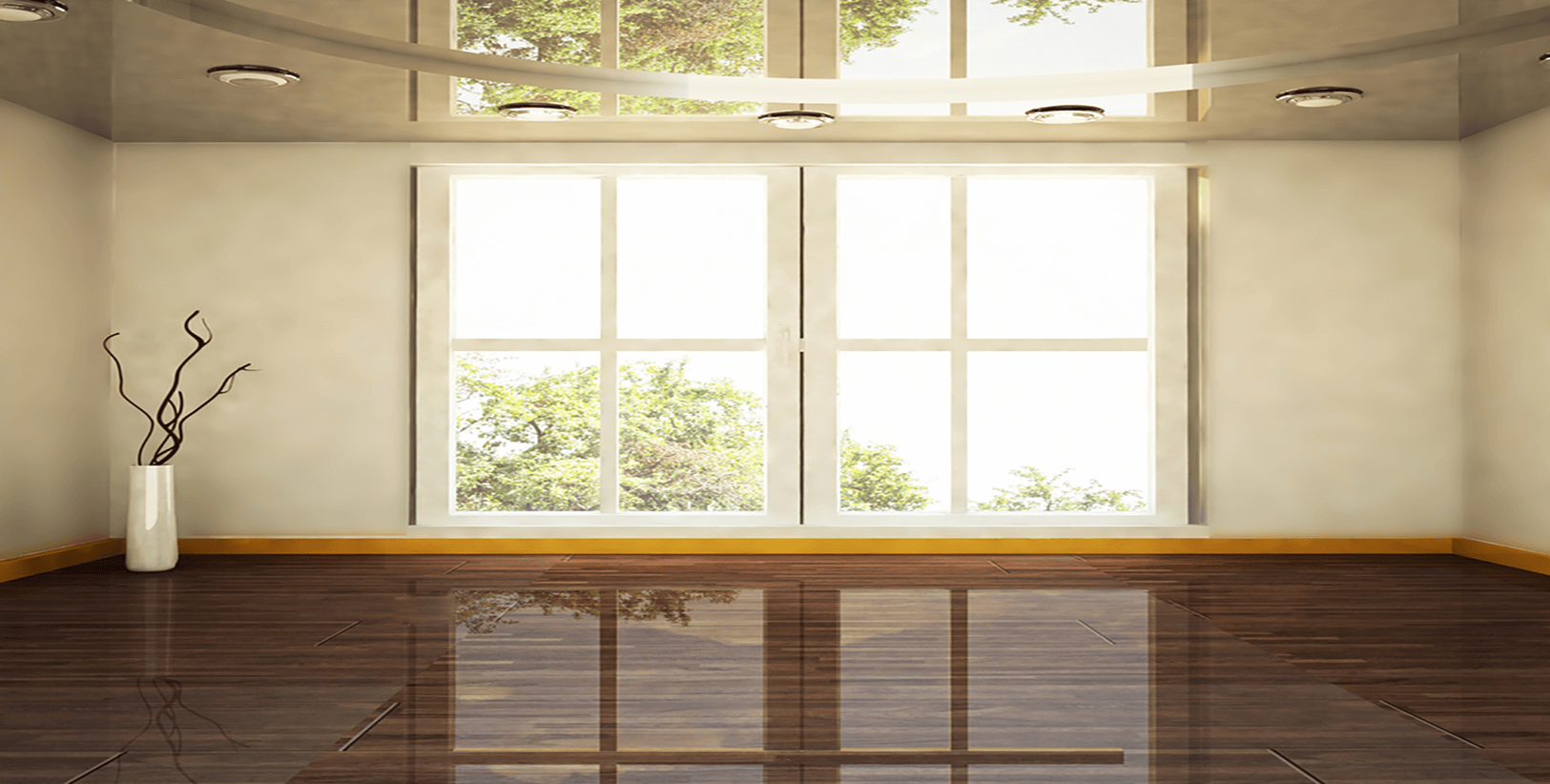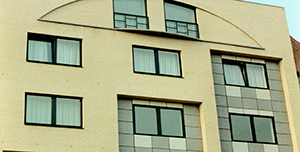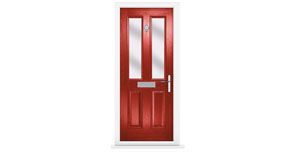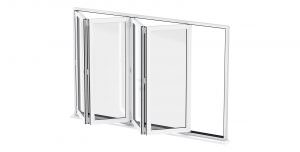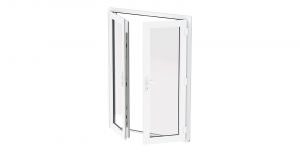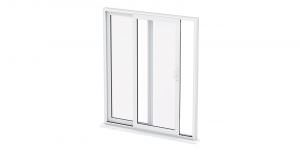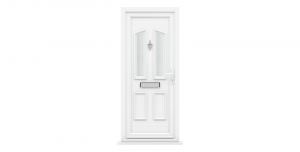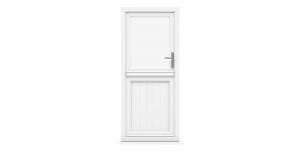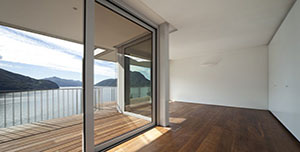Flush windows vs non-flush windows
Flush windows vs non-flush windows
You may have heard the term ‘flush windows’ – perhaps in the context of flush sash windows, flush uPVC windows or casement windows. But what is the difference between flush and non-flush windows?
For homeowners embarking on the journey of renovating or building their dream homes, the choice between flush and non-flush windows holds significant weight in shaping the character and ambience of their living spaces.
In this article, we’ll explore the differences between flush windows and non-flush windows, to help you make an informed decision about your window installations. Looking for top quality flush sash windows? Get a free, no hassle quote today!
What are flush windows?

Put simply, flush windows sit flat against the surrounding frame – they are ‘flush’ with the surrounding area. Their seamless integration into the surrounding wall surface offers a contemporary elegance that can elevate the modern aesthetic of any home, creating a sleek and unobtrusive look. Flush windows are designed to sit completely flush with the exterior wall surface.
Flush windows are available in numerous different styles, including flush sash windows and flush casement windows.
The benefits of flush windows include the following:
- A flush casement or flush sash window allows for the window frame to be installed in such a way that it is level with the outer face of the wall, creating a smooth, continuous surface.
- Flush windows are often favoured for modern or contemporary architectural styles, as they contribute to a clean, minimalist aesthetic.
- Flush sash and flush casement windows can be particularly effective in showcasing sleek lines and creating a sense of continuity in the building’s facade.
Non-flush windows
Non-flush windows protrude from the surrounding frame, making them less flat and smooth.
Non-flush Windows:
- Non-flush windows protrude slightly from the exterior wall surface.
- The window frame is typically installed so that it extends beyond the plane of the outer face of the wall.
- This design can be intentional for various reasons, including architectural style preferences or functional requirements.
- Non-flush windows may offer advantages such as increased depth for window treatments, enhanced visual interest, or the ability to incorporate exterior shading devices like awnings.
- They are often seen in traditional or classical architectural styles, but they can also be used in contemporary designs for specific aesthetic purposes.
uPVC Flush Windows

Our uPVC flush sash windows offer a host of advantages over traditional timber options. Unlike timber, uPVC does not rust, degrade, rot, or decay, meaning minimal maintenance is required to keep your windows looking their best.
uPVC flush sash windows boast excellent thermal performance thanks to their modern uPVC profile, featuring multiple chambers that effectively trap heat inside your home, reducing the need for excessive heating. Additionally, being 100% recyclable, they are an environmentally responsible choice for your home.
When it comes to security, our flush sash windows are fantastic. Built with the exceptional strength of uPVC and equipped with modern locking systems from Yale, these windows provide robust protection for your home, ensuring you and your family can rest easy knowing that your home is secure from intruders.
Timber windows vs flush windows
When renovating or building a home, timber windows have always been a popular choice for their aesthetic appeal. However, timber windows have numerous maintenance issues, such as rotting and warping.
A uPVC flush window with a woodgrain foil and a 90-degree weld will give the appearance of timber windows, whilst maintaining all the benefits of uPVC including:
- uPVC windows are strong and durable
- uPVC is lightweight
- It is also resistant to oxidation and chemicals, as well as sunlight
- uPVC windows cost less than timber windows
- uPVC windows are far lower maintenance than timber windows
- uPVC windows are available in a range of colours and finishes to look like timber windows
- Thermally efficient uPVC windows and doors help to keep energy bills low.
Choosing a woodgrain aesthetic on uPVC flush windows gives you the best of both worlds – the look of timber, with the durability and price point of uPVC.
In summary, the key distinction between flush and non-flush windows lies in their positioning relative to the exterior wall surface, with flush windows being set entirely within the wall plane and non-flush windows protruding outward to varying degrees.
As homeowners navigate the decision-making process, understanding the nuances between flush and non-flush windows is useful in achieving the desired architectural style and ambience that harmonises with their vision for their home.
Looking for top quality flush sash windows? Get a free, no hassle quote today!


